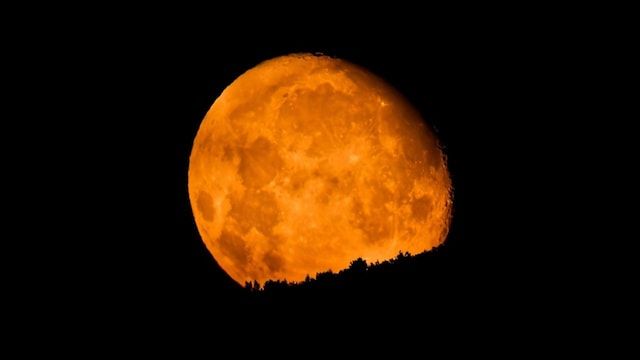Unveiling Ancient Lunar Volcanoes: Groundbreaking Research Confirm Far Side's Geologic Past

A team of Chinese researchers has made a groundbreaking discovery on the mysterious far side of the moon, confirming that volcanoes were erupting on this unexplored region billions of years ago. The findings, published in prominent scientific journals Nature and Science, reveal that fragments of volcanic rock from samples brought back by China's Chang'e-6 spacecraft date back an astonishing 2.8 billion years, with one piece estimated to be even older at around 4.2 billion years.
According to planetary volcano expert Christopher Hamilton, the team's discovery is a significant milestone in understanding the moon's geologic history. "To obtain a sample from this area is really important because it's an area that otherwise we have no data for," he stated.
The research validates previous studies suggesting the far side may also have experienced volcanic activity, with estimates indicating thousands of years of eruptions. The findings cast new light on the differences between the moon's near and far sides, with the latter pockmarked by craters and boasting fewer lava-carved plains compared to its more familiar counterpart.
The discovery was made possible through data collected from Chang'e-6, which returned samples from this uncharted region in 2020. The mission marked a significant milestone in China's lunar exploration program, building upon previous notable achievements such as the successful landing of Chang'e-4 on the moon's far side in 2019.
Lead researcher Qiu-Li Li of the Chinese Academy of Sciences emphasized that the findings reveal an extensive period of volcanic activity lasting over 1 billion years. However, future research will be crucial to understand how this geological phenomenon persisted for so long.
As the scientific community continues to unravel the mysteries of our closest celestial neighbor, China's Chang'e-6 mission has significantly advanced humanity's understanding of the moon's forgotten far side.
